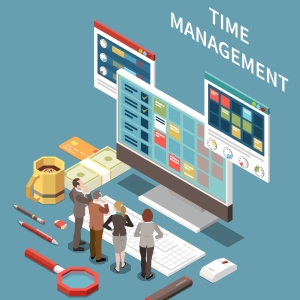In the complex world of corporate finance, Enterprise Treasury and Risk Management (ETRM) plays a pivotal role in ensuring financial stability and safeguarding against uncertainties. ETRM is a comprehensive framework employed by organizations to manage their financial assets, liabilities, and risks effectively. Here's a brief overview of ETRM and its significance:
1. Holistic Financial Management: ETRM integrates various financial functions, such as cash management, liquidity planning, debt management, and investment strategies, into a unified system. This holistic approach allows organizations to have a comprehensive view of their financial health and make informed decisions.
2. Risk Mitigation: ETRM is essential for identifying, assessing, and mitigating financial risks. This includes market risks (e.g., fluctuations in currency or interest rates), credit risks (e.g., default by counterparties), and operational risks (e.g., system failures or fraud). By proactively managing these risks, companies can reduce vulnerabilities and protect their bottom line.
3. Compliance and Regulations: In an ever-evolving regulatory landscape, ETRM helps organizations stay compliant with financial regulations and reporting requirements. It ensures transparency and accuracy in financial operations, reducing the risk of legal penalties and reputational damage.
4. Efficient Cash Flow Management: ETRM enables organizations to optimize their cash flow by efficiently managing working capital and minimizing idle cash. This leads to improved liquidity, reduced borrowing costs, and better investment opportunities.
5. Strategic Decision-Making: ETRM equips decision-makers with real-time data and analytics. This empowers them to make informed strategic decisions, such as when to enter or exit markets, which financial instruments to use, and how to allocate resources effectively.
6. Technology Integration: Modern ETRM systems leverage advanced technologies like artificial intelligence and machine learning to enhance forecasting accuracy and automate routine tasks. This not only increases efficiency but also reduces human errors.
7. Business Continuity: ETRM helps organizations create robust disaster recovery and business continuity plans. By assessing and addressing vulnerabilities, companies can ensure uninterrupted operations even in adverse conditions.
In conclusion, Enterprise Treasury and Risk Management is a crucial component of a company's financial toolkit. It enables organizations to navigate the complexities of modern finance with confidence, ensuring financial stability, regulatory compliance, and strategic agility. In an era where financial uncertainties are a constant, ETRM is the compass that guides businesses toward their financial goals and shields them from potential storms.






